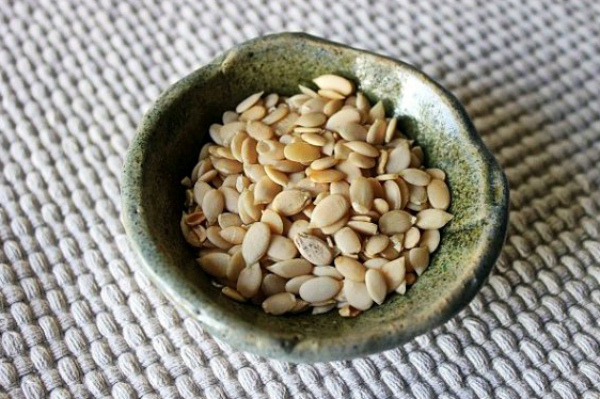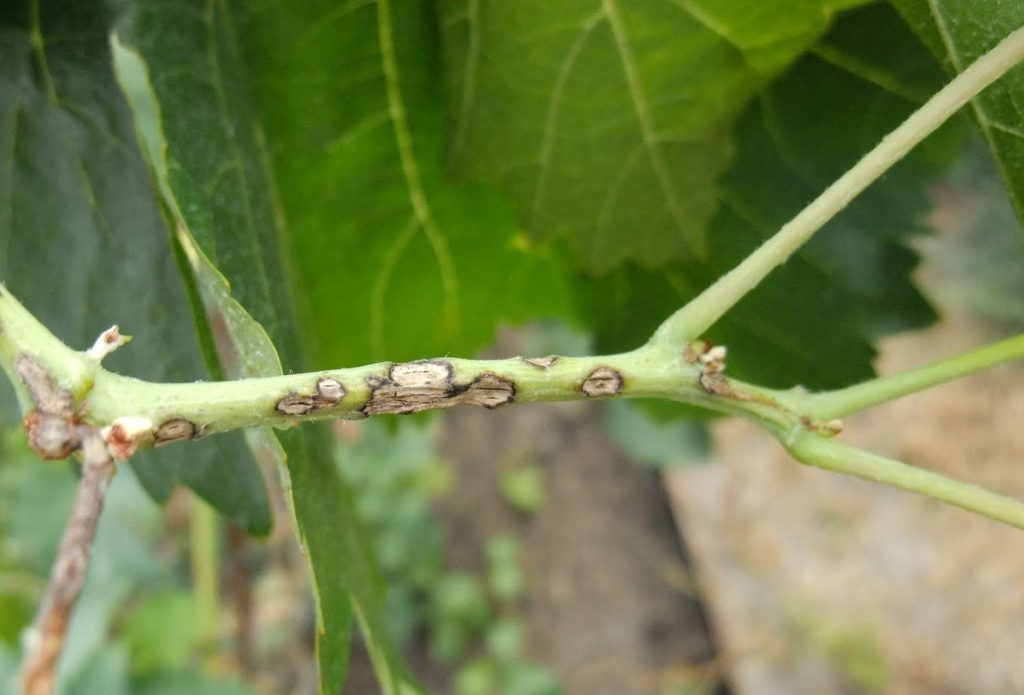Melon "Ethiopka" - features of cultivation
Content
Description of the variety
Ethiopian melon is popular among gardeners and gardeners in our country due to its excellent aroma, high taste and good transportability. Outwardly, the plant of this variety is quite powerful and at the same time compact. The variety has characteristic heart-shaped leaves.
In terms of fruit description, the variety has wonderful medium to large melons with an oval-round shape. The surface of this variety is segmented. If you run your hand over it, you can feel a clear roughness. The fruit is protected from possible negative effects of external factors by a rather dense skin. This variety also has a beautiful golden yellow color with a characteristic orange tint. The mass of fruits of such a popular variety in our country often varies within the range of 3 - 7 kg. Fruits belonging to this variety are naturally endowed with juicy, tender and sweet pulp of a pleasant light yellow color. This variety is best consumed fresh.
Video "Growing"
From the video you will learn how to grow a melon.
Growing seedlings
The best way to grow, if you choose this variety, is by seedling. To do this, you need to prepare high-quality seeds. Why is the seedling method the best for this thermophilic crop? Because a long growing season makes it possible to get a richer harvest from seeds and seedlings in the future. When planting and germinating seeds, your favorite crop will be reliably protected from frost and possible dangerous diseases.
Seedling preparation usually begins in mid-April. In order to stimulate early germination, the seeds are advised to be placed in water shortly before sowing. Seed soaking is best done in water with a temperature of about + 24 degrees. This does not need to be done for long. Also, for sowing seeds, pots with a nutrient mixture are required. The diameter of such containers should be about 10 cm. When this variety is sown with seeds, the pots should be covered with foil. Then they must be placed in a warm place. After the first fragile shoots appear from the seeds, the film should be removed from the containers and placed where there is a lot of natural light. A variety can get good lighting, for example, on a windowsill.
It is permissible to transplant seedlings to a permanent place when 5 - 6 full leaves appear in it. Before that, about a day, you need to water the seedlings abundantly using warm water. At the bottom of each hole made, which should be located at a distance of about 50 cm from each other, put 1 spoonful of wood ash.
Immediately before planting, it is recommended to water with a weak solution of potassium permanganate. Plants are best planted after the wells have been flooded with warm water and it has been absorbed. Correct fit assumes that the root collar will not be buried. The care of plants of this beautiful variety includes the obligatory removal of lateral shoots. It is important to form one stem here.
Top dressing
At the stage of appearance of cotyledon leaves, you should begin to feed the culture. It is advised to use the drug "Uniflor-Bud". Its consumption is 1 teaspoon of the product for 5 liters of pre-settled water. It is important to ensure that the land is not exposed to waterlogging. Watering must be carried out after waiting for a noticeable drying out of the soil.
As for the frequency, a lot depends on the lighting. Since on sunny days, more frequent watering is required, and on cloudy days, more rare waterings. This variety requires a large amount of potassium in the ground. Starting from the time of flowering of the crop, the application of phosphorus-potassium fertilizer is required. Its role is perfectly played by a mixture of 1 spoon of superphosphate and 2 tablespoons of potassium sulfate. The infusion of weeds has shown itself well in practice as an aid in the case of insufficient plant development.
Fight disease
Unfortunately, it is not always possible to grow your favorite fruit, avoiding its infection with some diseases. Among the most common are powdery mildew. It can be recognized by the white spots that appear on the surface of the stem and the tops of the leaves. Over time, they can be seen on the underside as well. The disease does not spare the fruit either. There is also an olive spot. It is characterized by the presence of brown specks on the stems and foliage. Sometimes on the surface of the fruit, there are light brown ulcers that are filled with spores of olive-colored fungi.
A gelatinous fluid can usually be seen at the junction between healthy and diseased tissue. Such a disease is fraught for the culture with the loss of the presentation and quality of already ripe fruits, and, first of all, with the death of the ovaries. Gardeners often have to fight against anthracnose. Excessive humidity is often the cause. Appeared on the surface of the stems and petioles yellow-brown ulcers with a pinkish bloom after a while spread to the root part of the culture. Prevention of these ailments is spraying plants with preparations "Fitosporin", "Hom", Bordeaux liquid. Such treatment products as "Zircon", "Tsitovit" and "Epin-extra" have proved to be excellent. Correct use involves the use of 2 drops of any drug, dissolved in 1 liter of water.
Video "Formation and Care"
From the video you will learn how to properly shape and care for a melon.



